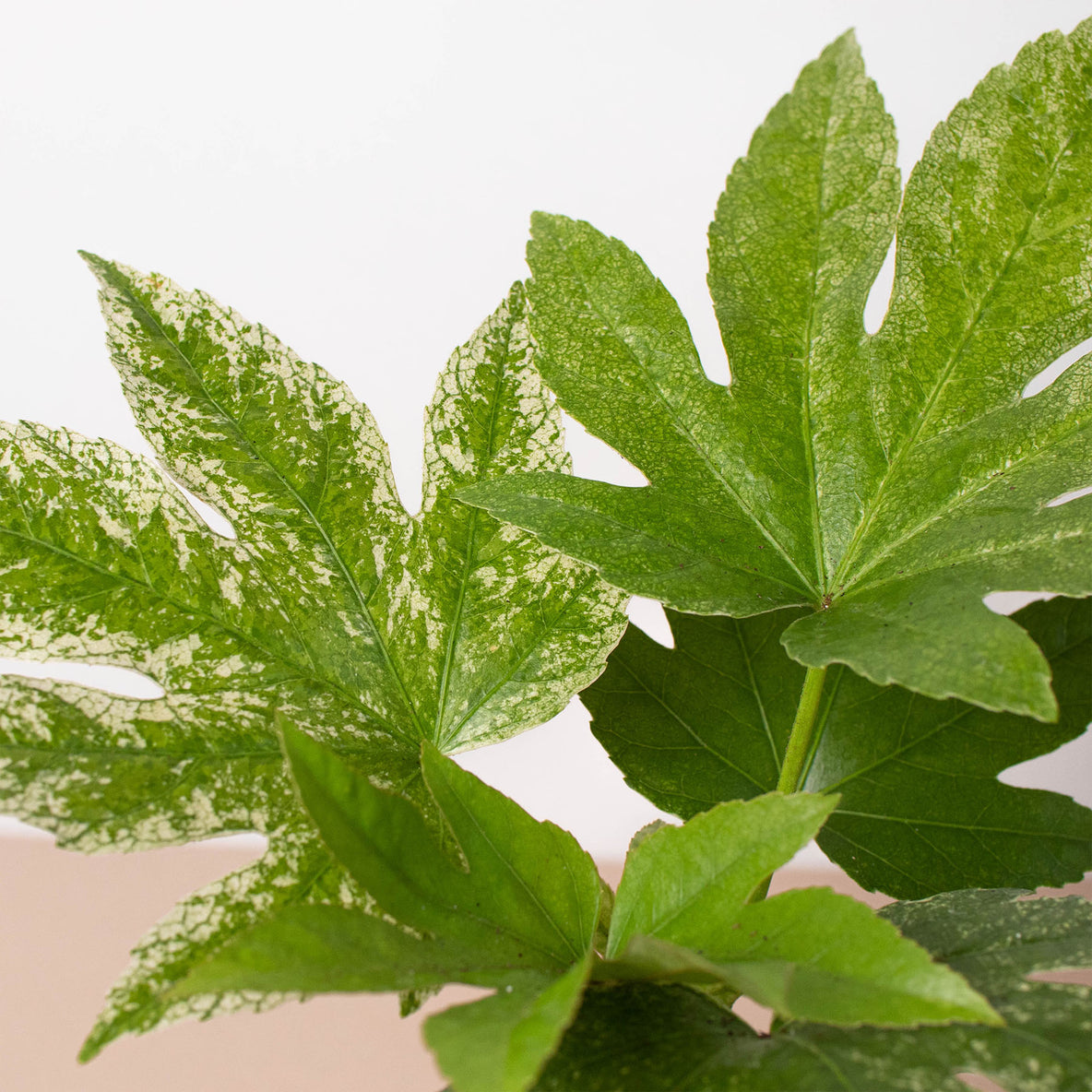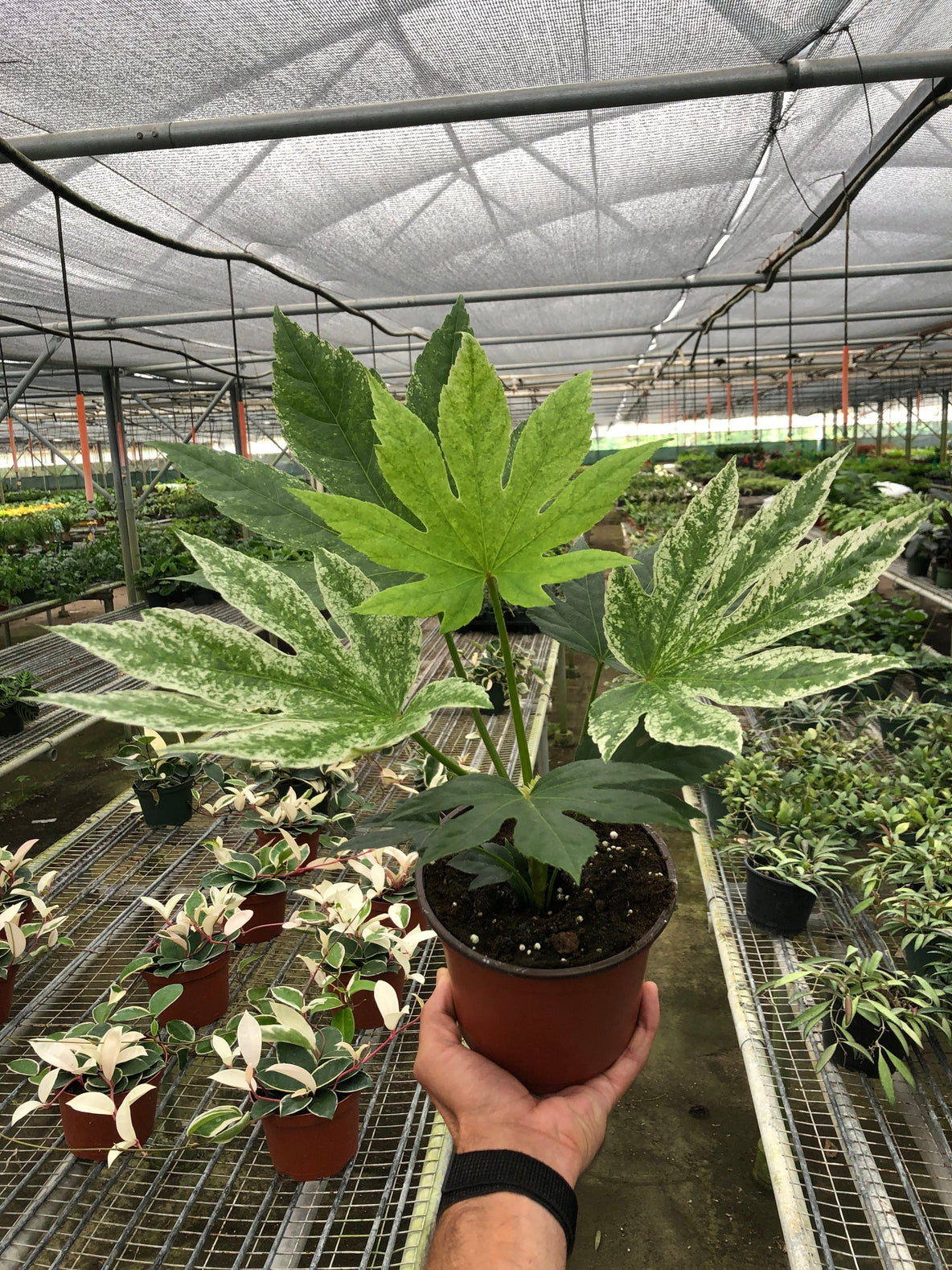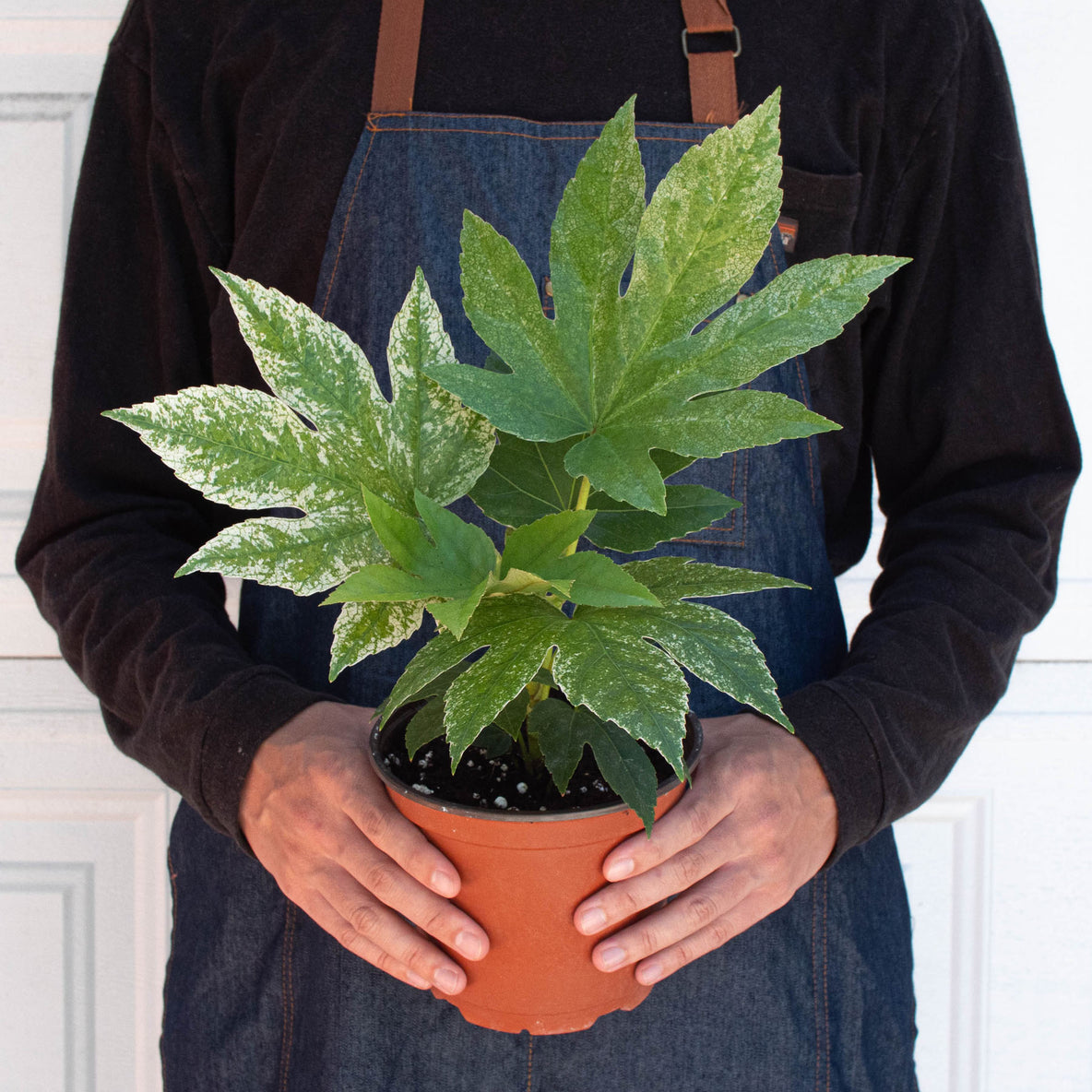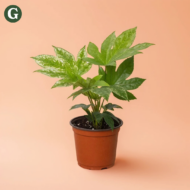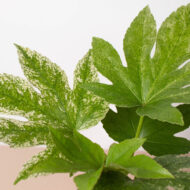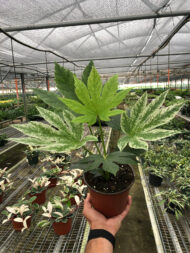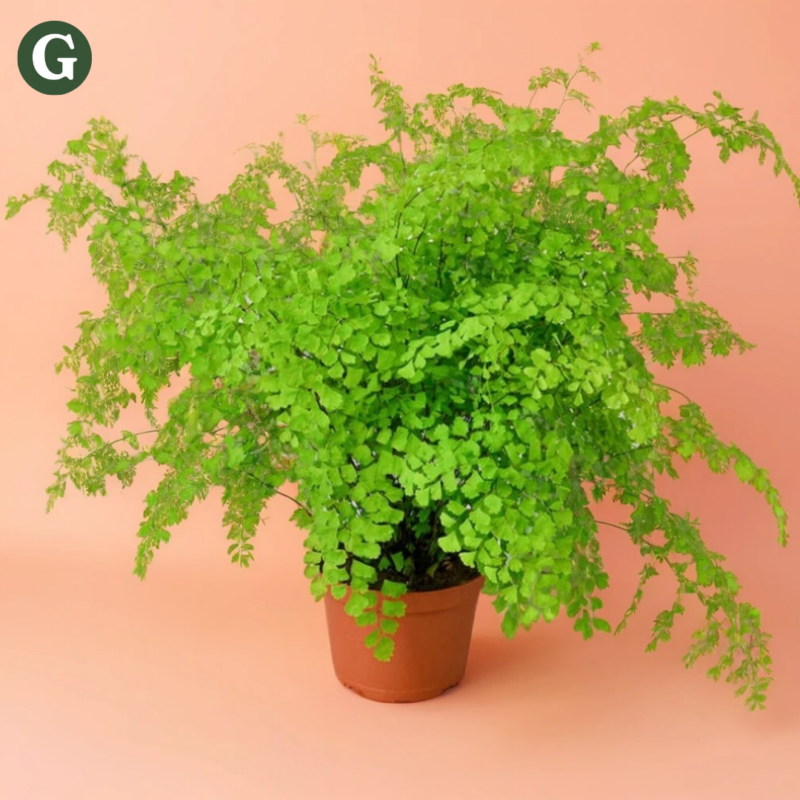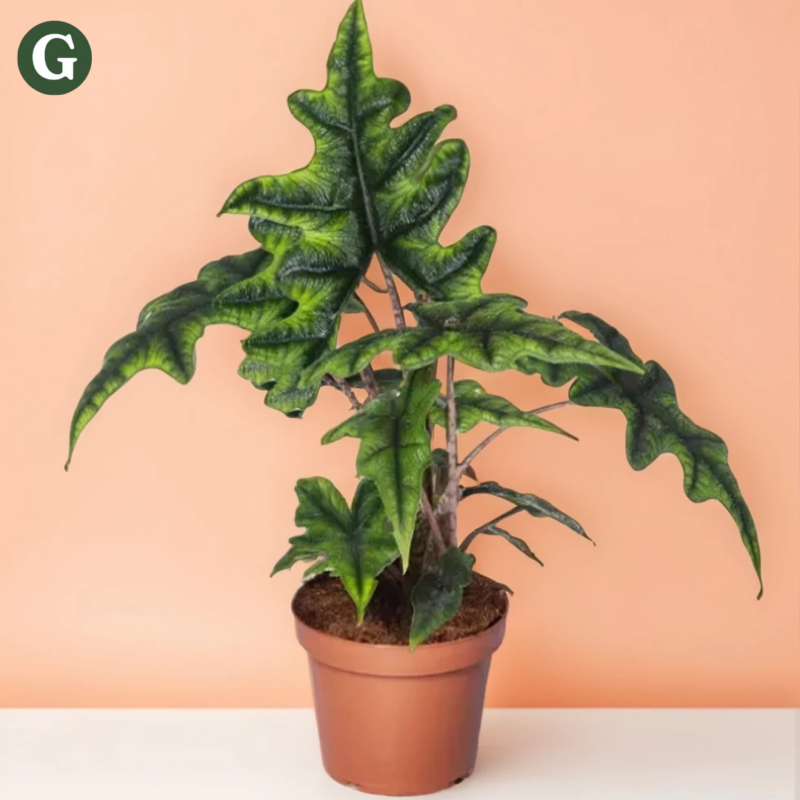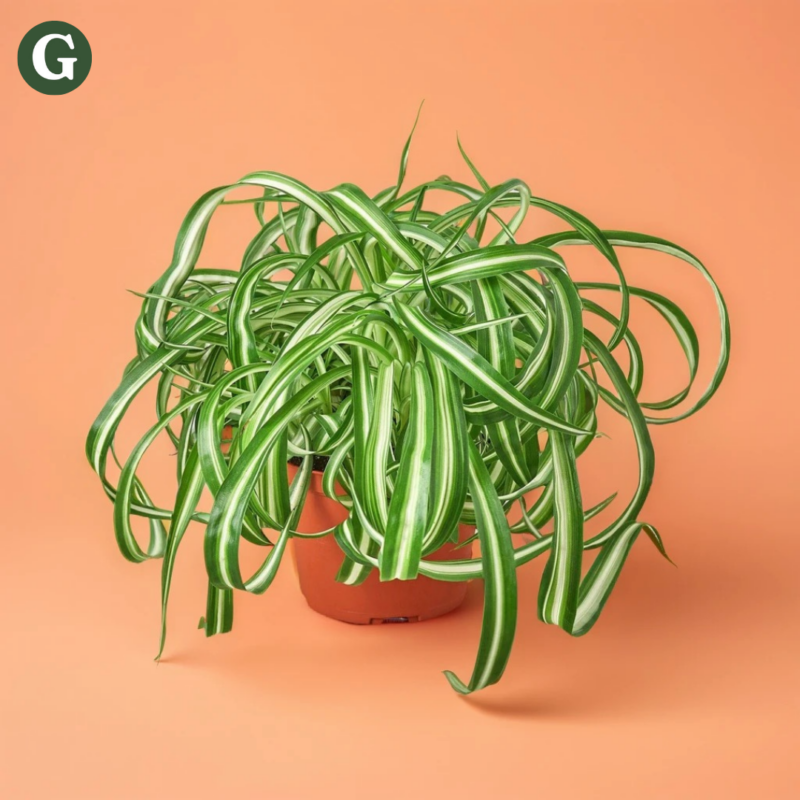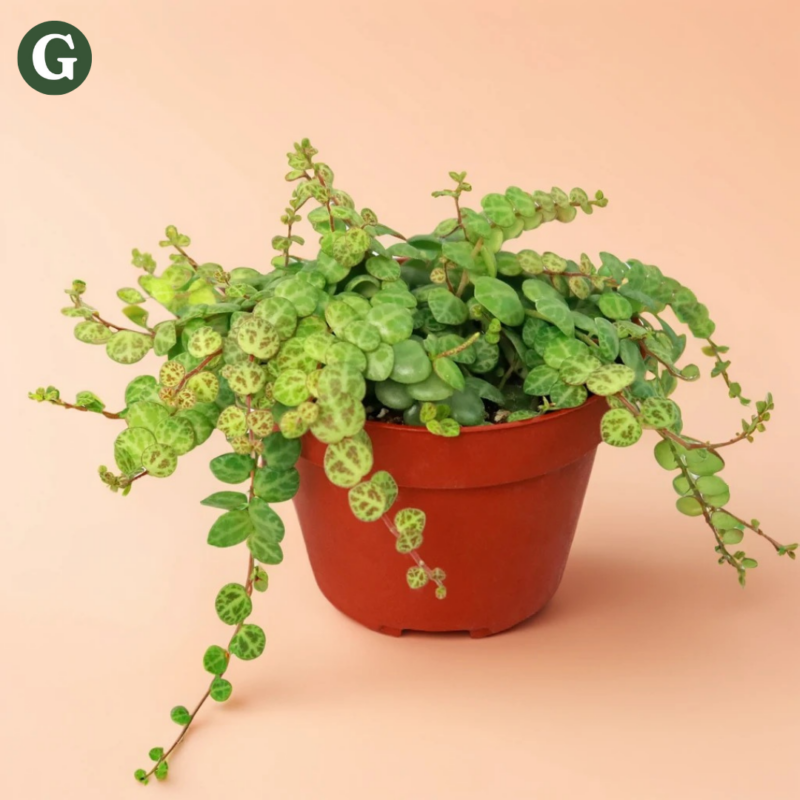Fatsia ‘Spider’s Web’
Botanical Name: Fatsia japonica 'Spider's Web'
Common Name(s): Spider’s Web Fatsia, Japanese Aralia 'Spider's Web'
Fatsia japonica 'Spider's Web', commonly known as the Spider's Web Fatsia, is a striking cultivar of the Japanese Aralia, prized for its bold, ornamental foliage and dramatic appearance. The plant's large, deeply lobed leaves are a distinctive feature, with a unique spiderweb-like pattern of creamy white or silvery veins running through the dark green foliage. This striking variegation gives the plant an almost frosted or webbed effect, adding an elegant and textured touch to any space. The leaves are glossy and large, and the plant typically grows in a bushy, upright form, making it an excellent choice for creating vertical interest in your indoor plant collection.
Native to Japan and other parts of East Asia, Fatsia 'Spider's Web' thrives in tropical and subtropical environments. While it’s hardy outdoors in USDA zones 8-10, it is commonly grown indoors as a houseplant in colder climates. The plant can reach heights of 4-6 feet (1.2–1.8 meters) indoors, with a similar spread, making it a great option for brightening up corners, filling empty spaces, or as a statement plant in a room.
Fatsia 'Spider's Web' prefers bright, indirect light to maintain its beautiful variegated foliage. While it can tolerate lower light conditions, its growth may slow, and the variegation could become less pronounced. Direct sunlight should be avoided, as it can scorch the leaves, causing them to develop unsightly brown tips and spots. The ideal temperature range for this plant is between 60-75°F (15-24°C), making it suitable for most indoor environments. It is important to keep the plant away from cold drafts, as it is sensitive to sudden temperature changes.
This plant does best in well-draining, slightly acidic to neutral soil. It should be watered when the top 1-2 inches of soil feel dry to the touch, and care should be taken not to overwater, as this can lead to root rot. Like most Fatsia species, 'Spider's Web' is more tolerant of occasional underwatering than overwatering, so it’s best to allow the soil to dry out slightly between waterings. Ensure that the pot has good drainage to prevent excess moisture from sitting at the bottom.
Fatsia 'Spider's Web' is also known for its ability to tolerate lower humidity levels compared to other tropical plants, making it a good option for average indoor conditions. However, if the air is particularly dry, the plant may benefit from occasional misting or being placed on a humidity tray to help maintain its lush appearance.
Note: Fatsia japonica 'Spider's Web' is non-toxic to pets, making it a safe choice for homes with cats or dogs.
Care Insights & Expert Tips
- Repotting: Repot every 1-2 years, or when the plant becomes root-bound. Handle with care as the sap can be sensitive to the skin.
- Cut Back in Spring: If needed, prune back the plant in the spring when new growth begins..
- Ensure Good Drainage: Make sure the pot has good drainage holes, and avoid letting the plant sit in water, as this can lead to root rot.
- Monitor pet infestations: Watch out for common houseplant pests like mealybugs and spider mites. Treat infestations promptly with insecticidal soap or neem oil.

Visit our plant care library
Find essential tips to keep your plants thriving, vibrant, and healthy.

